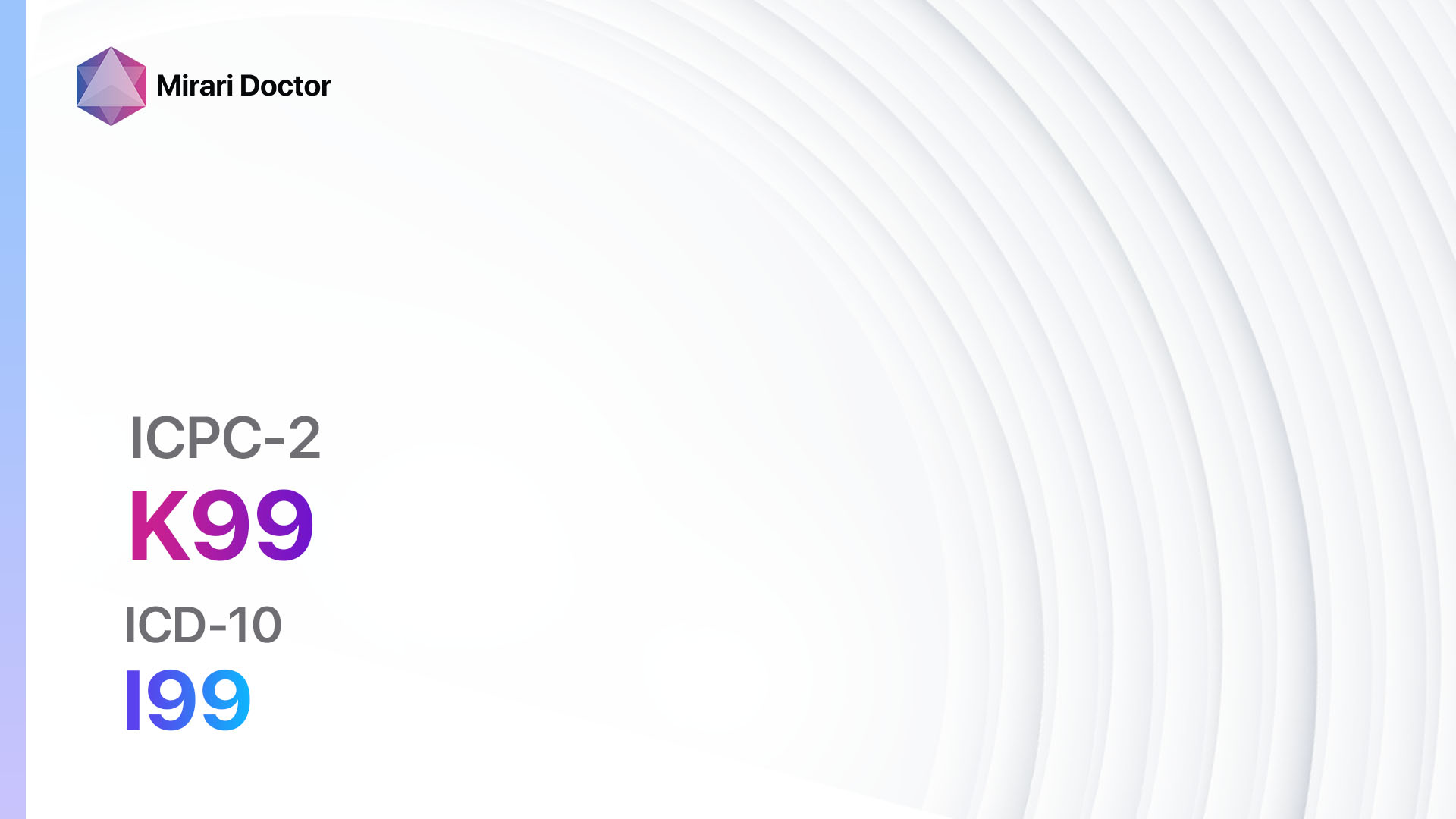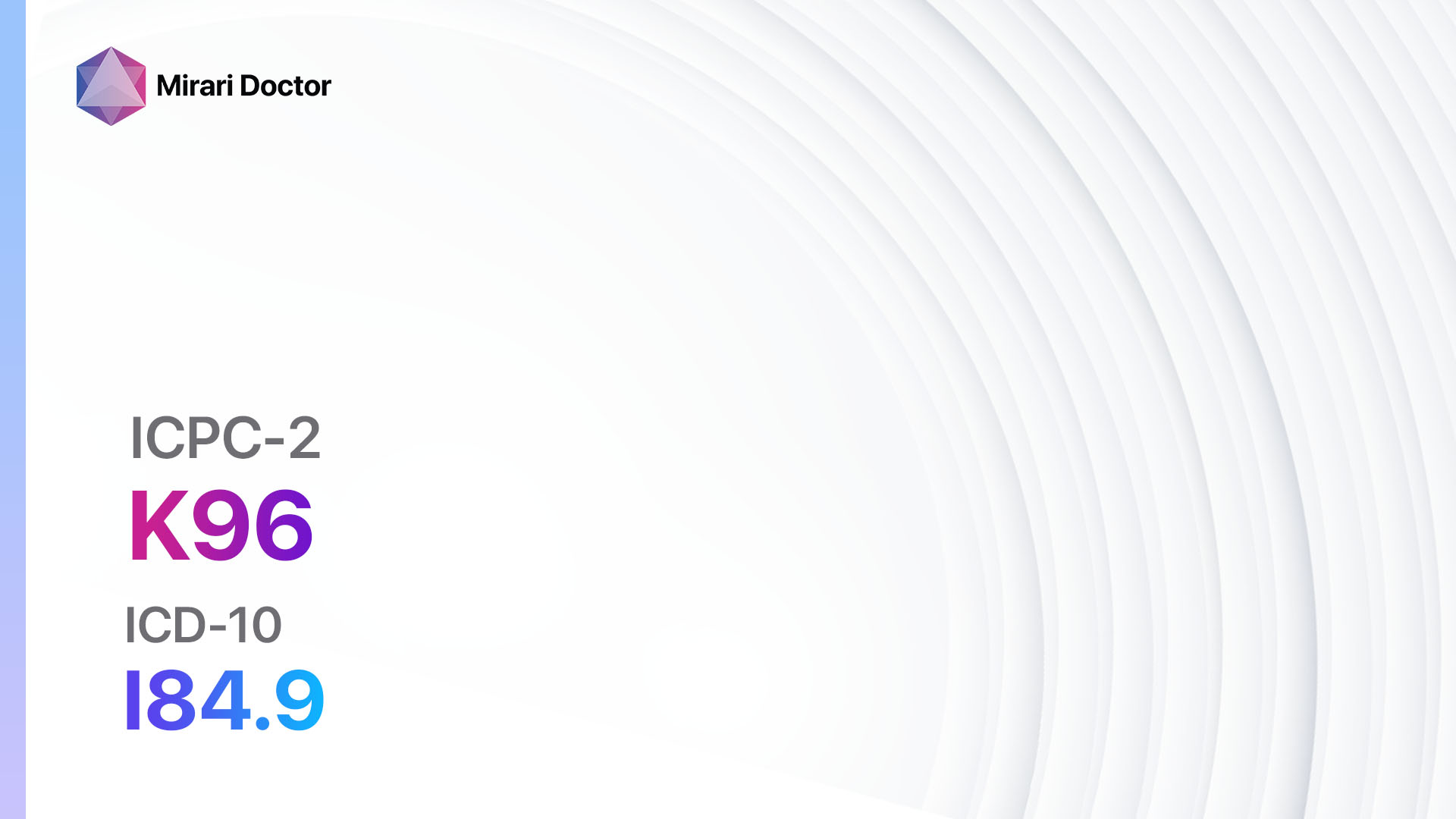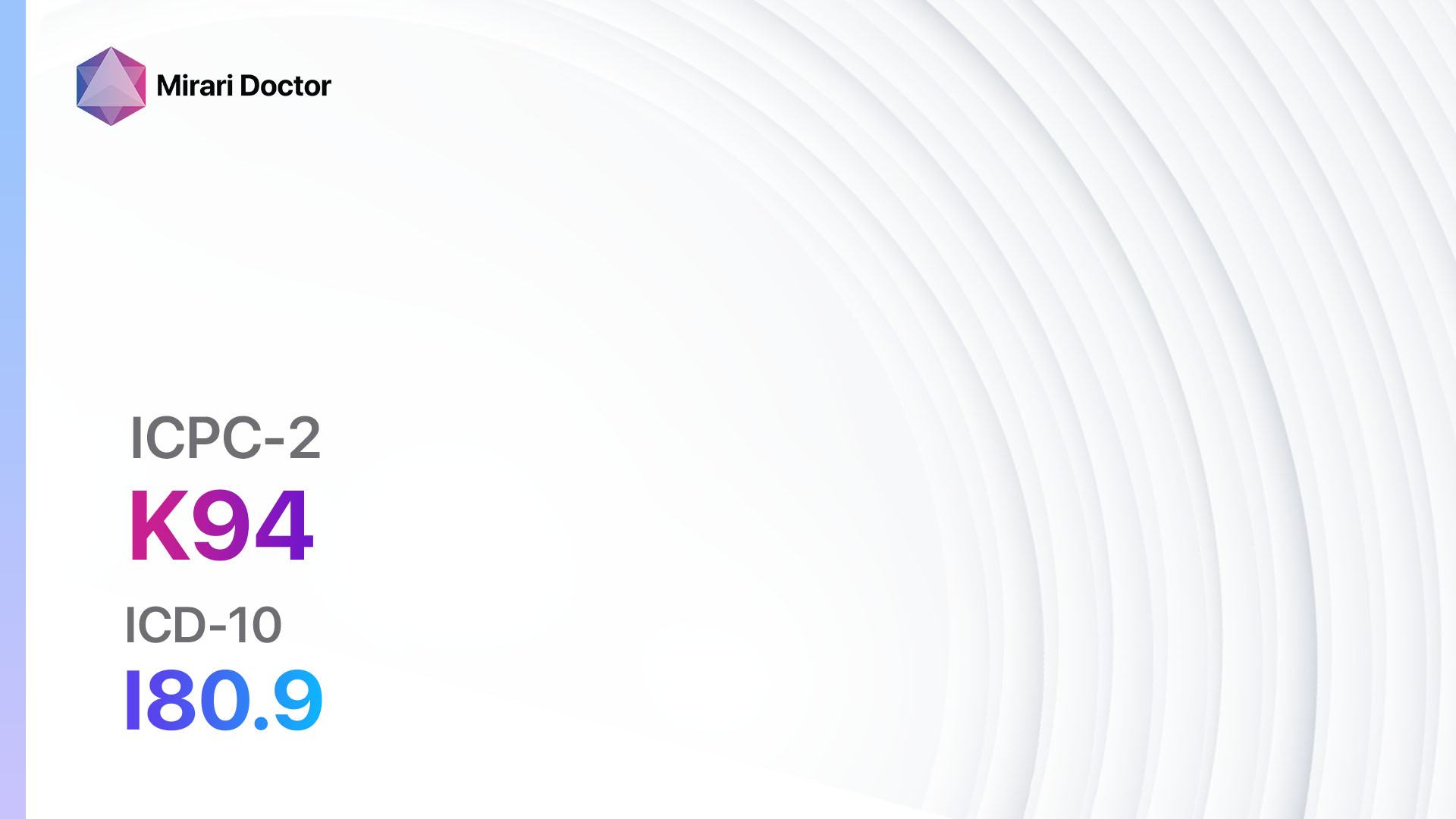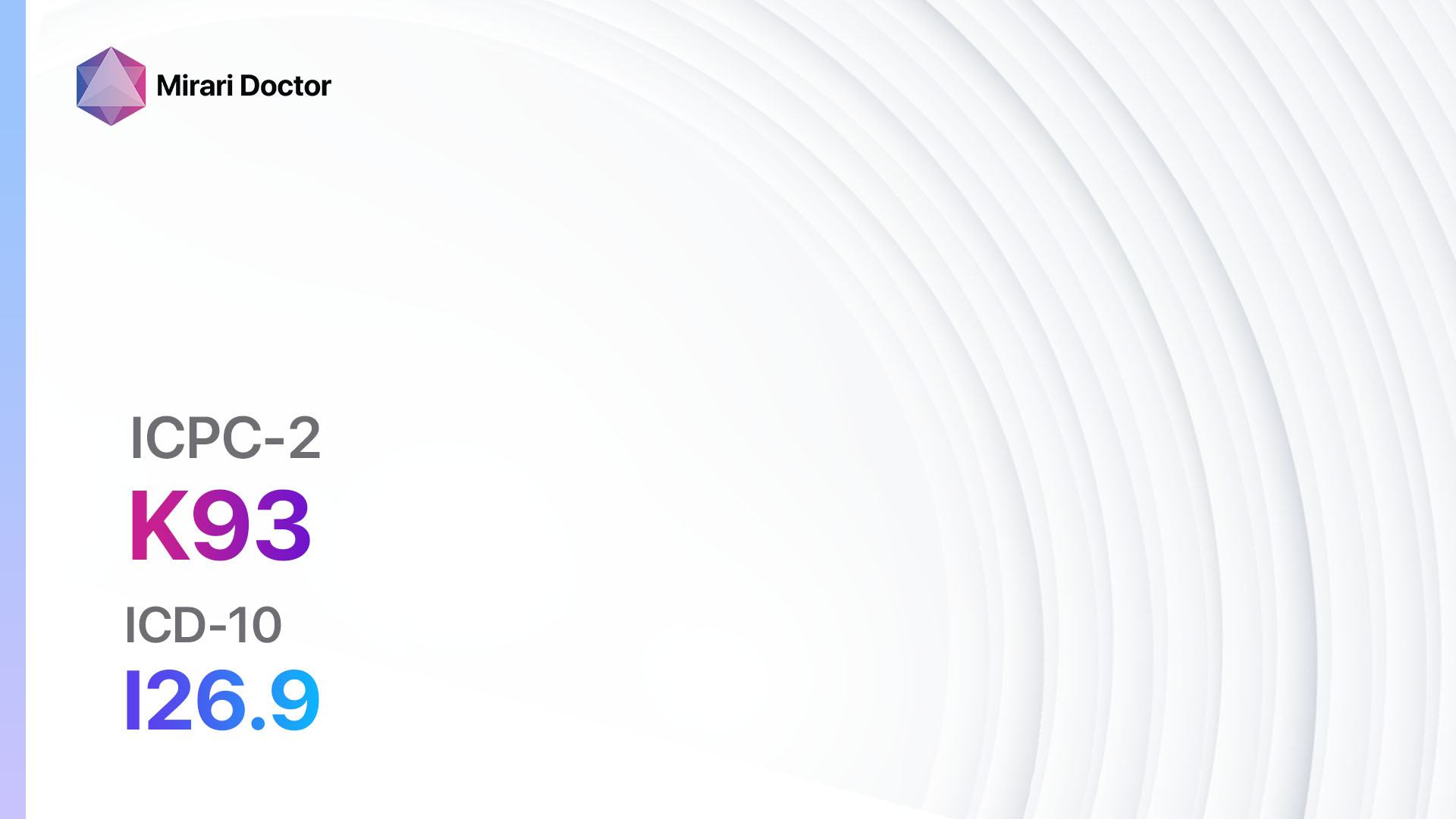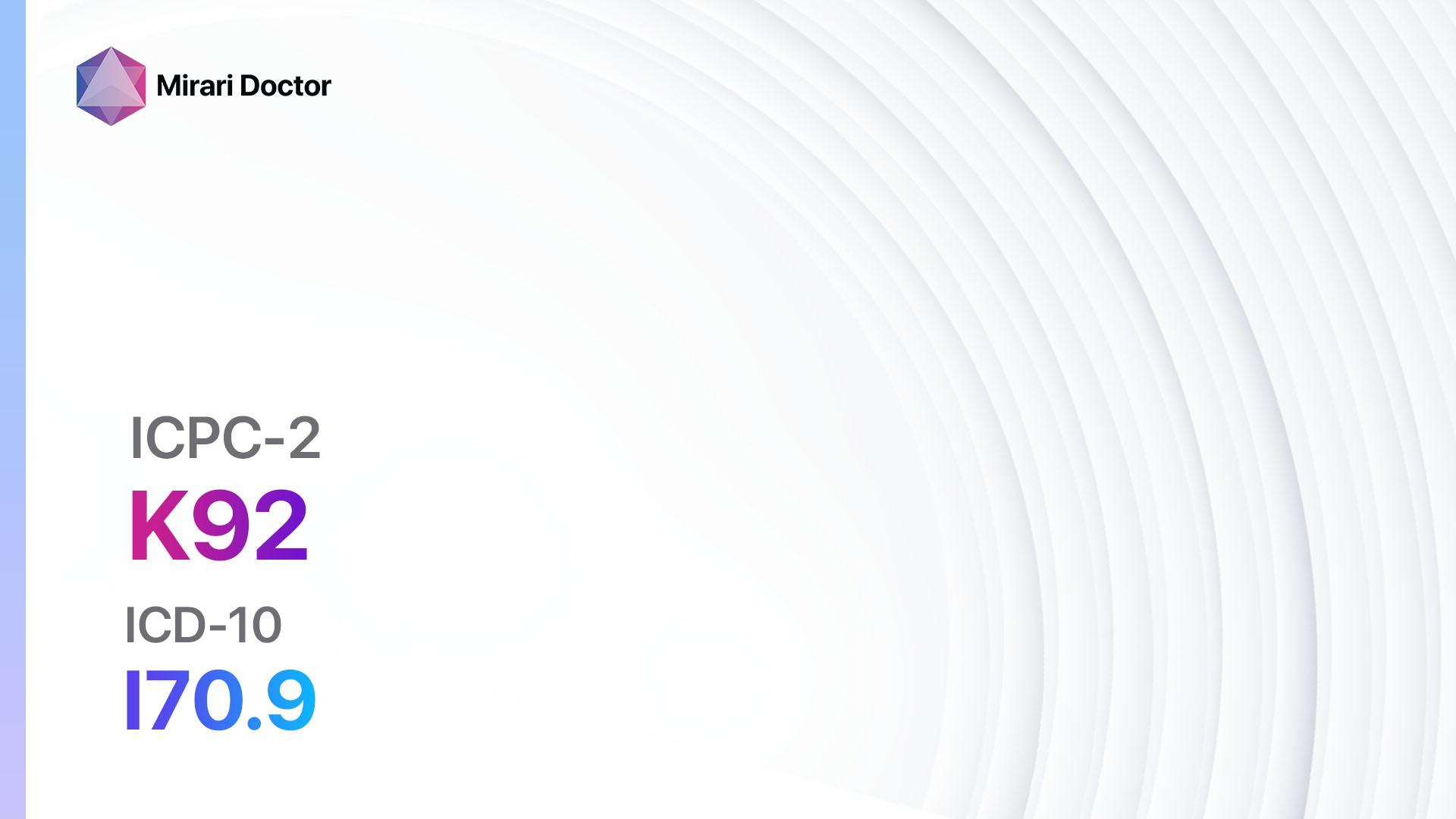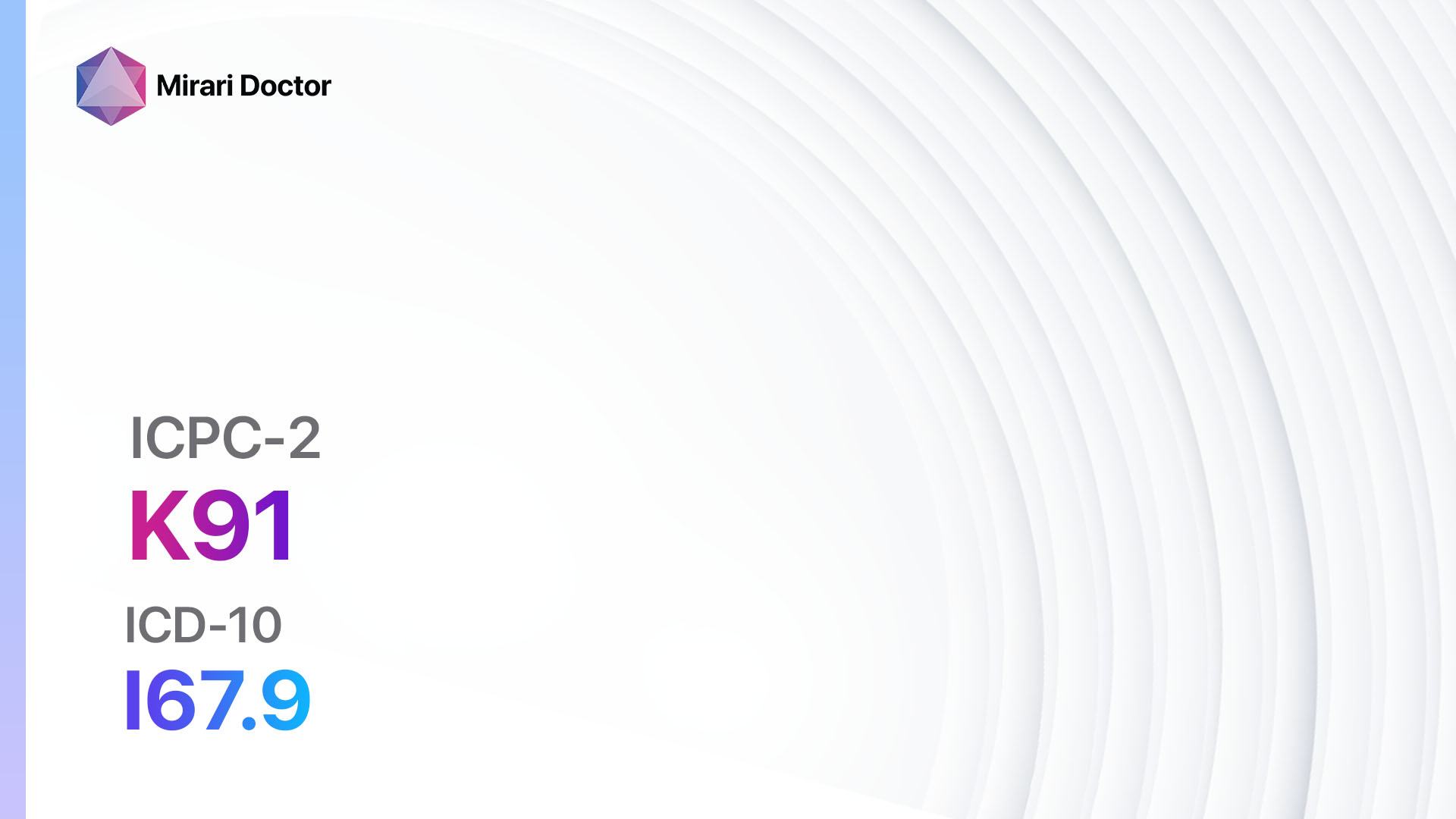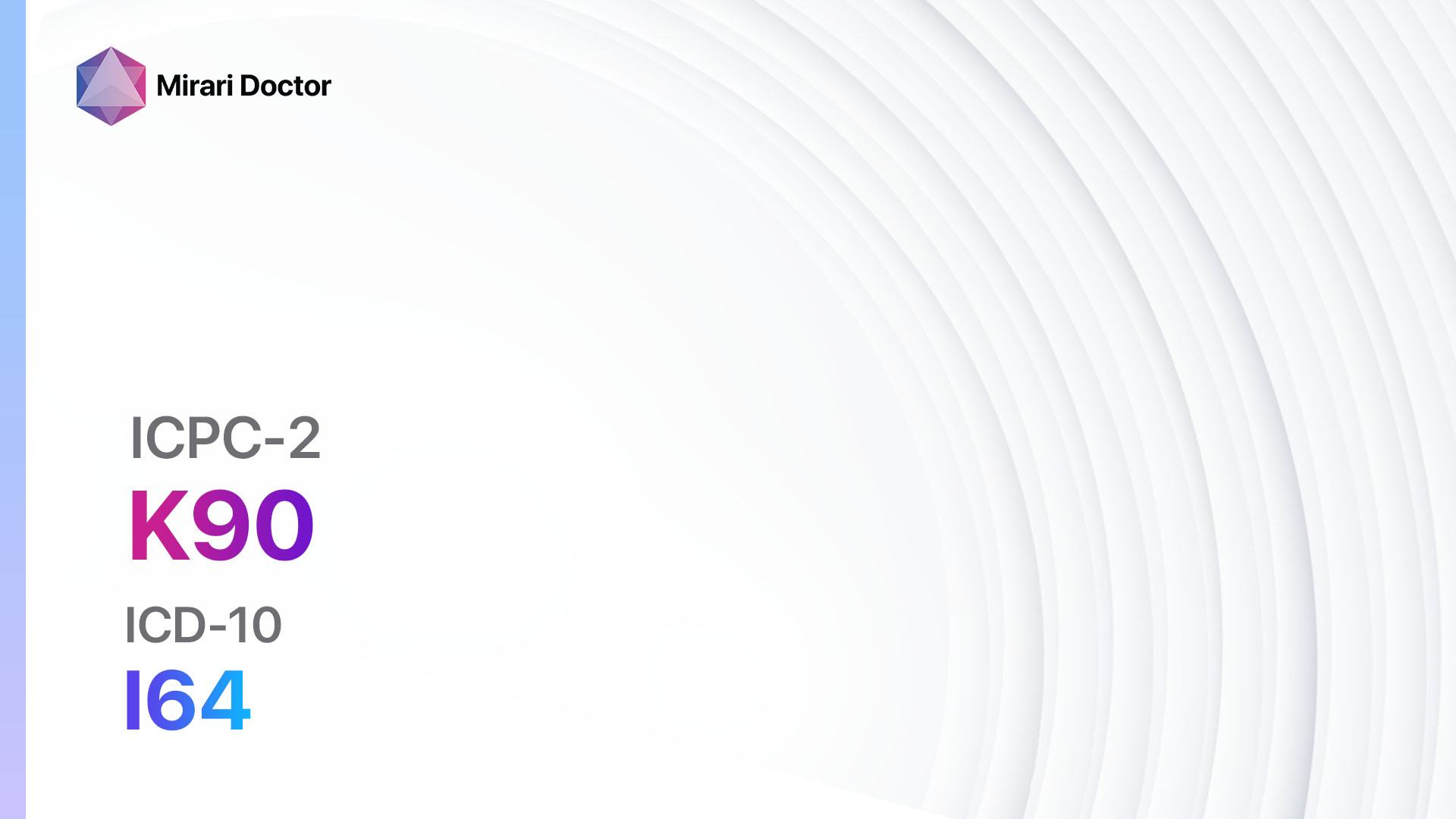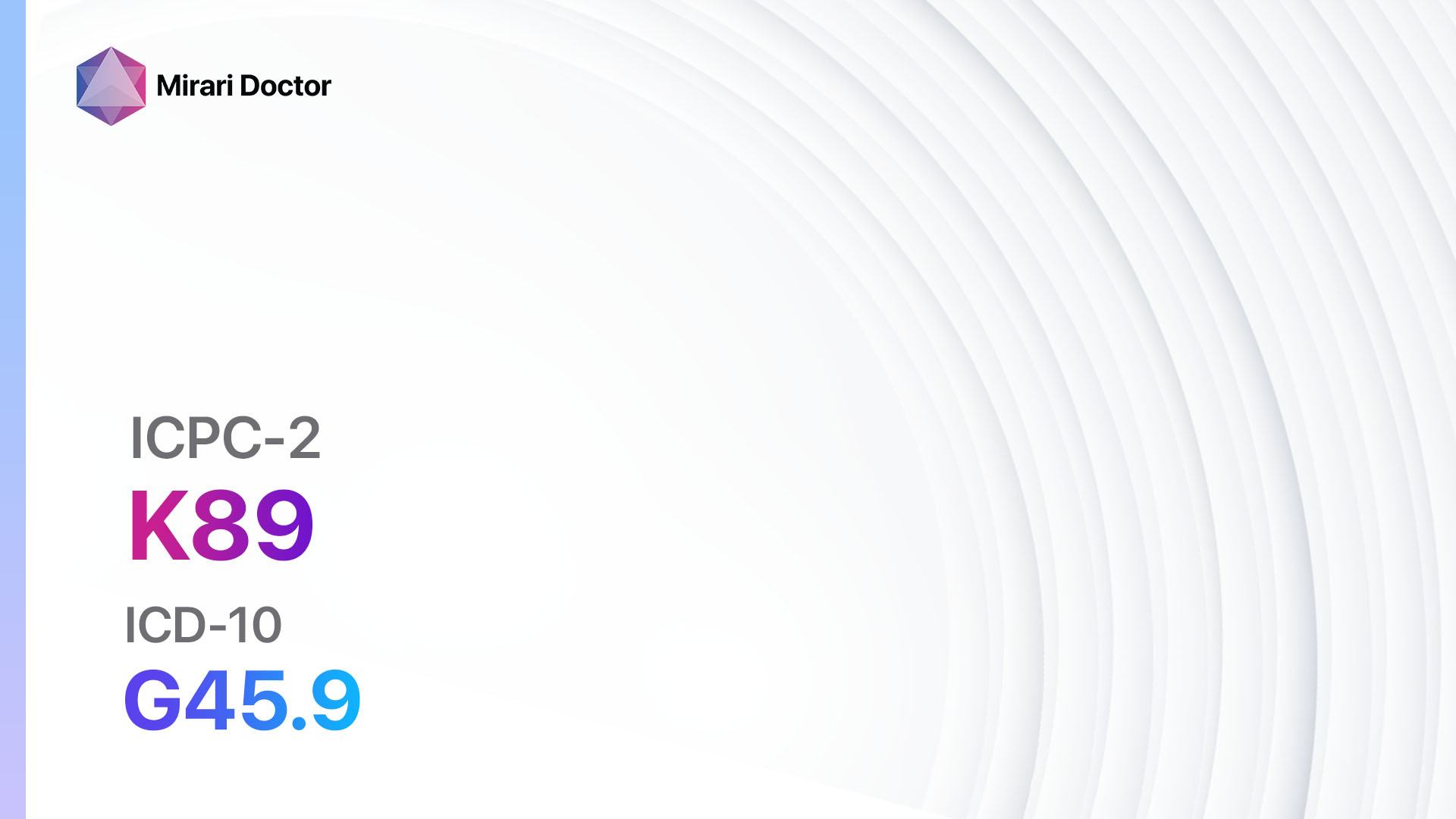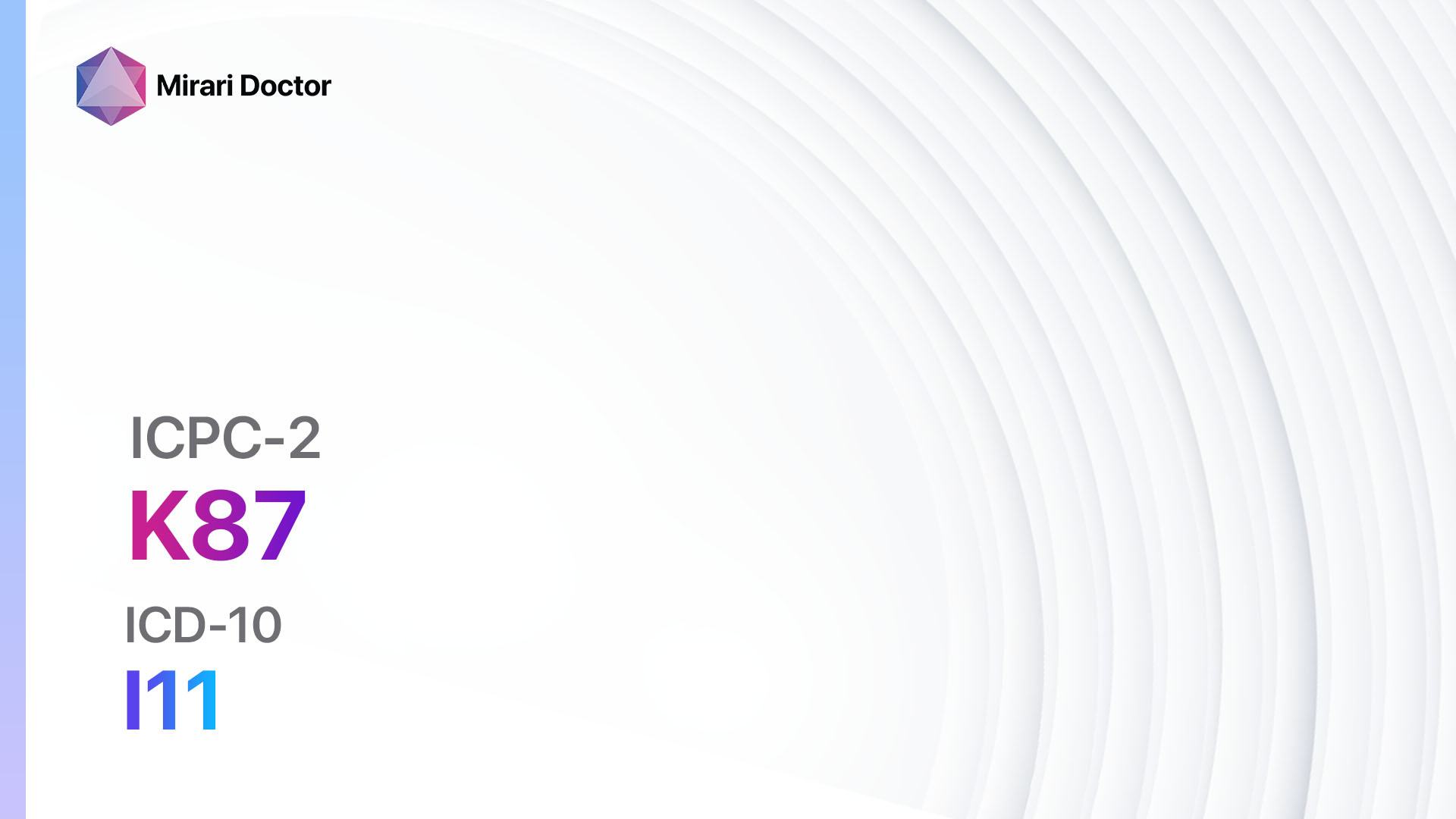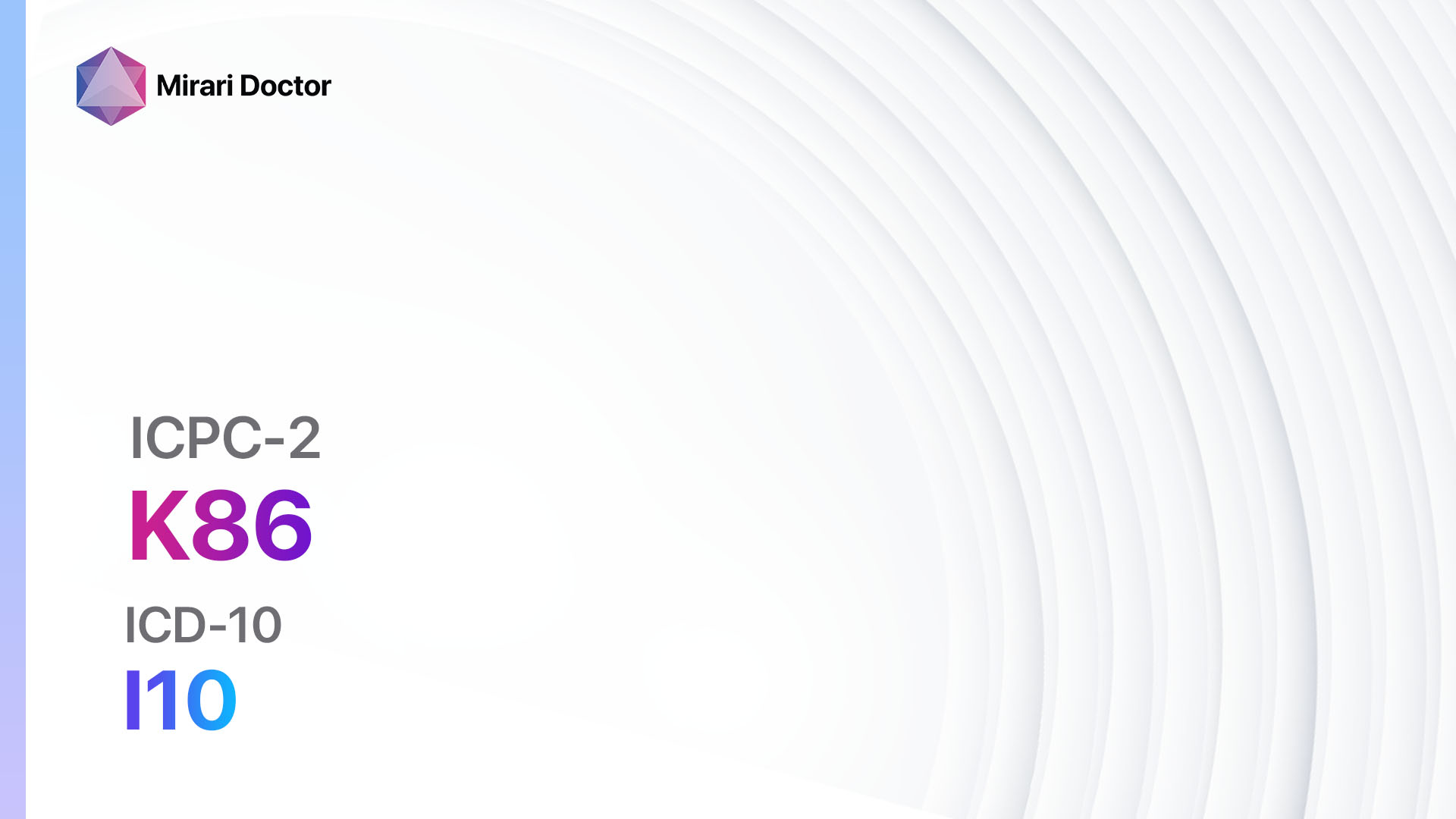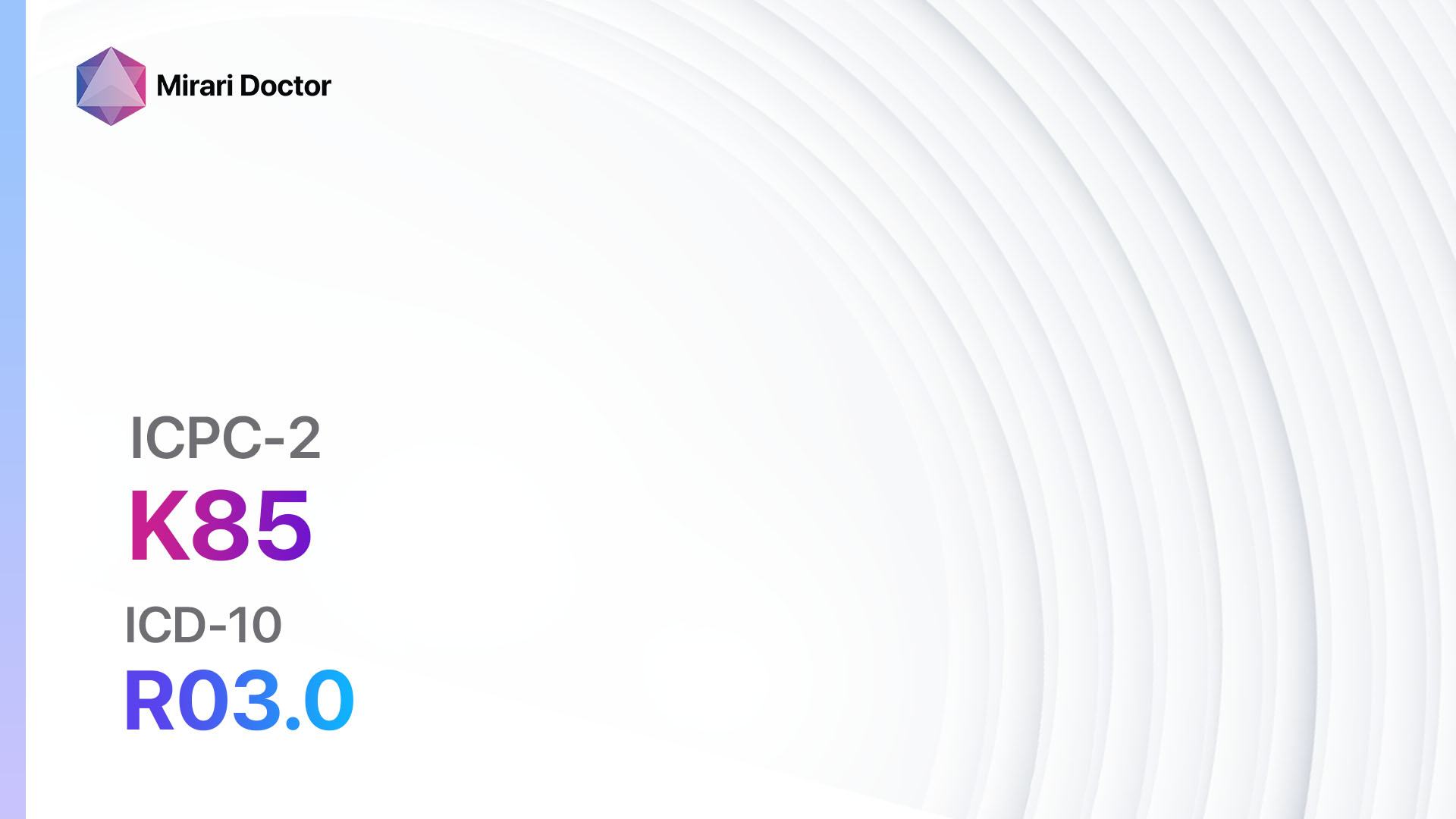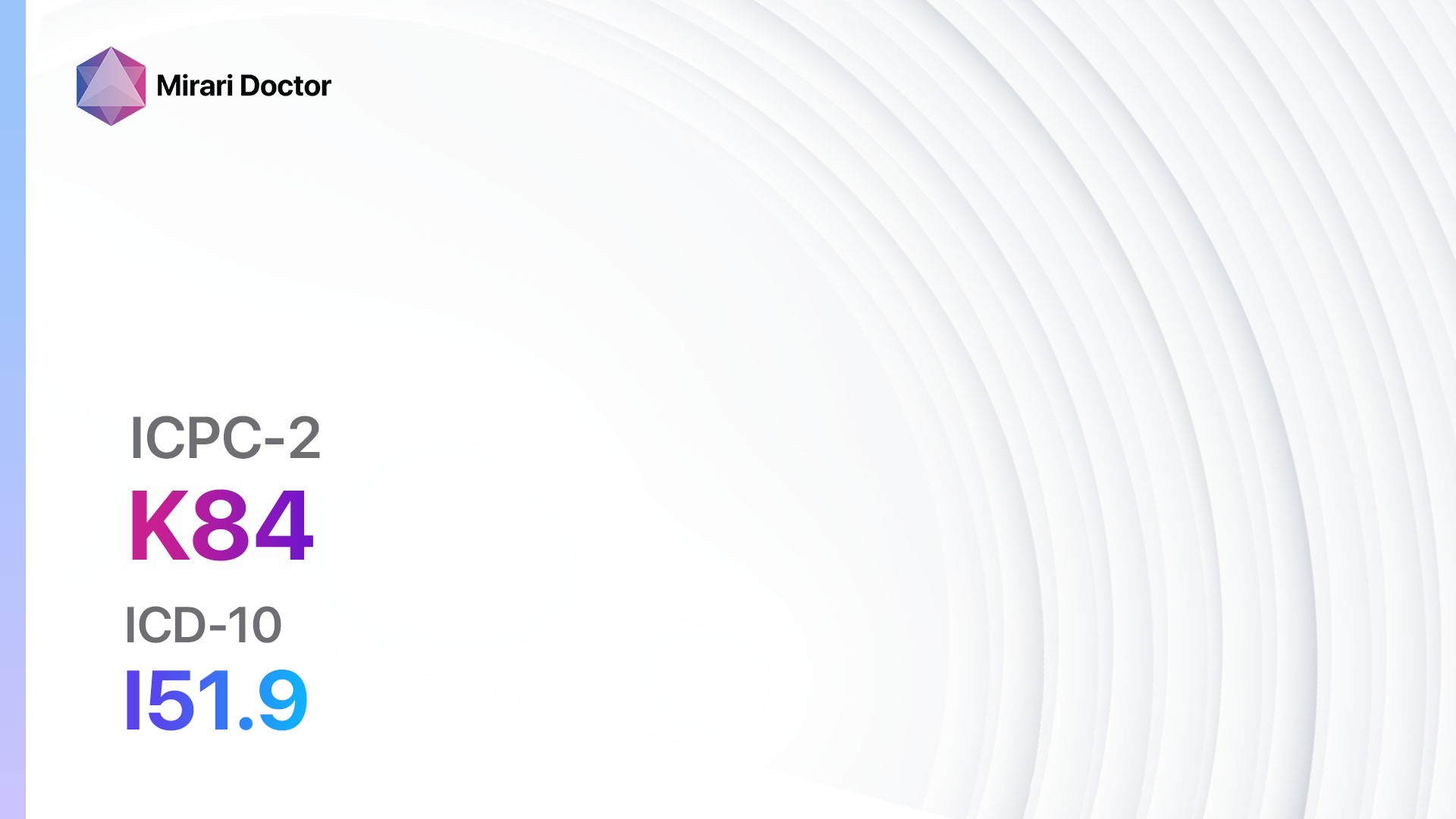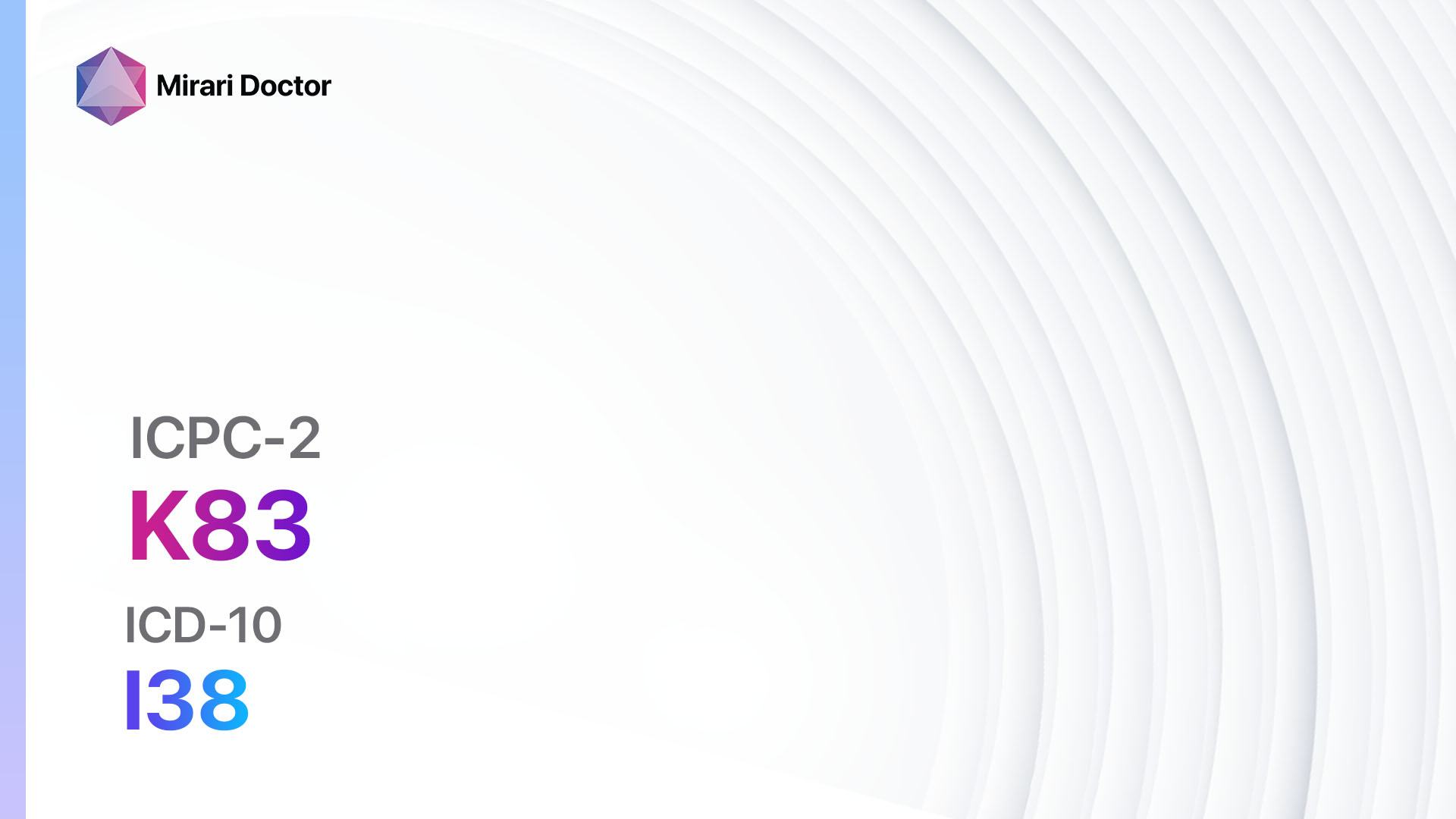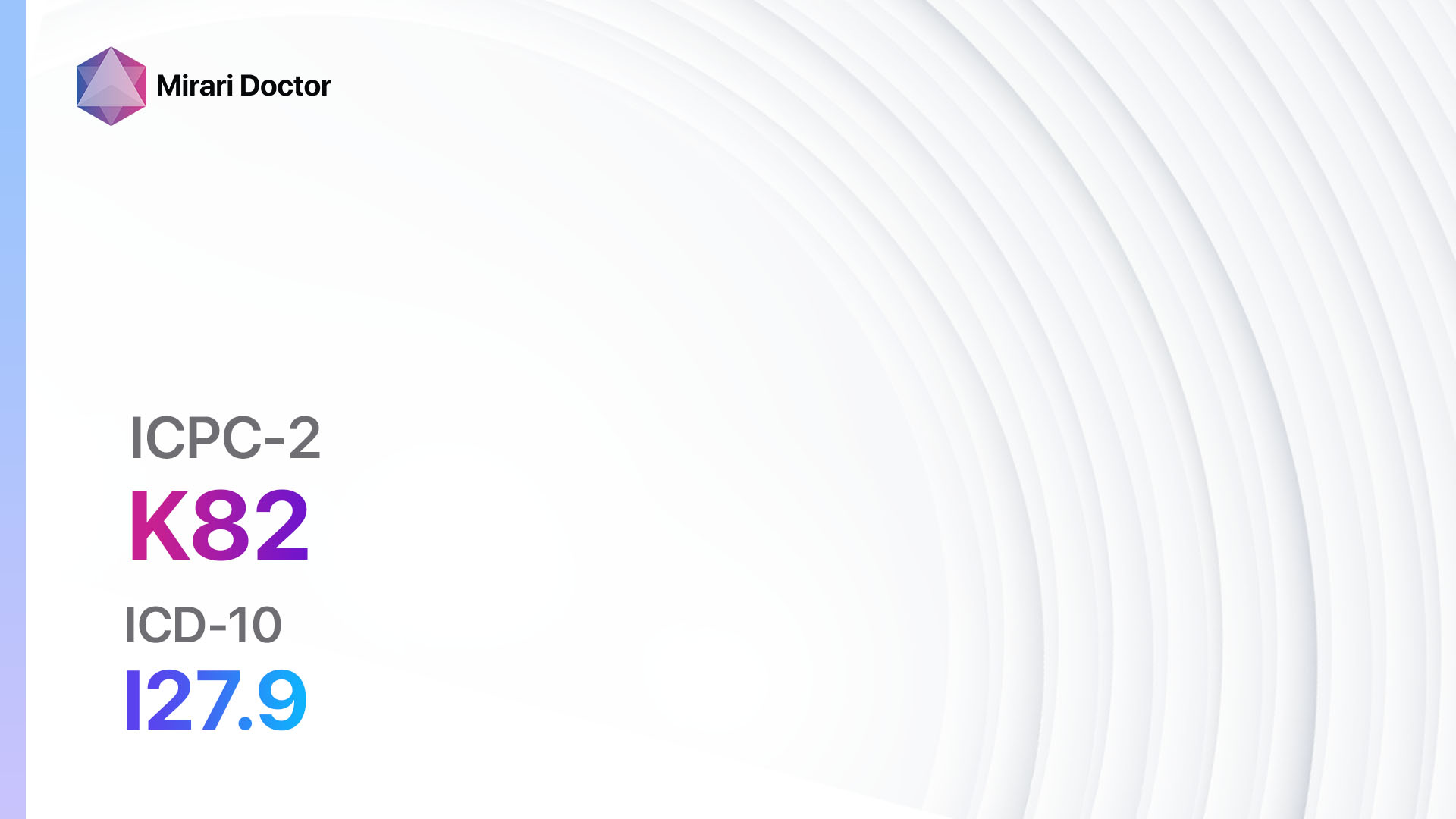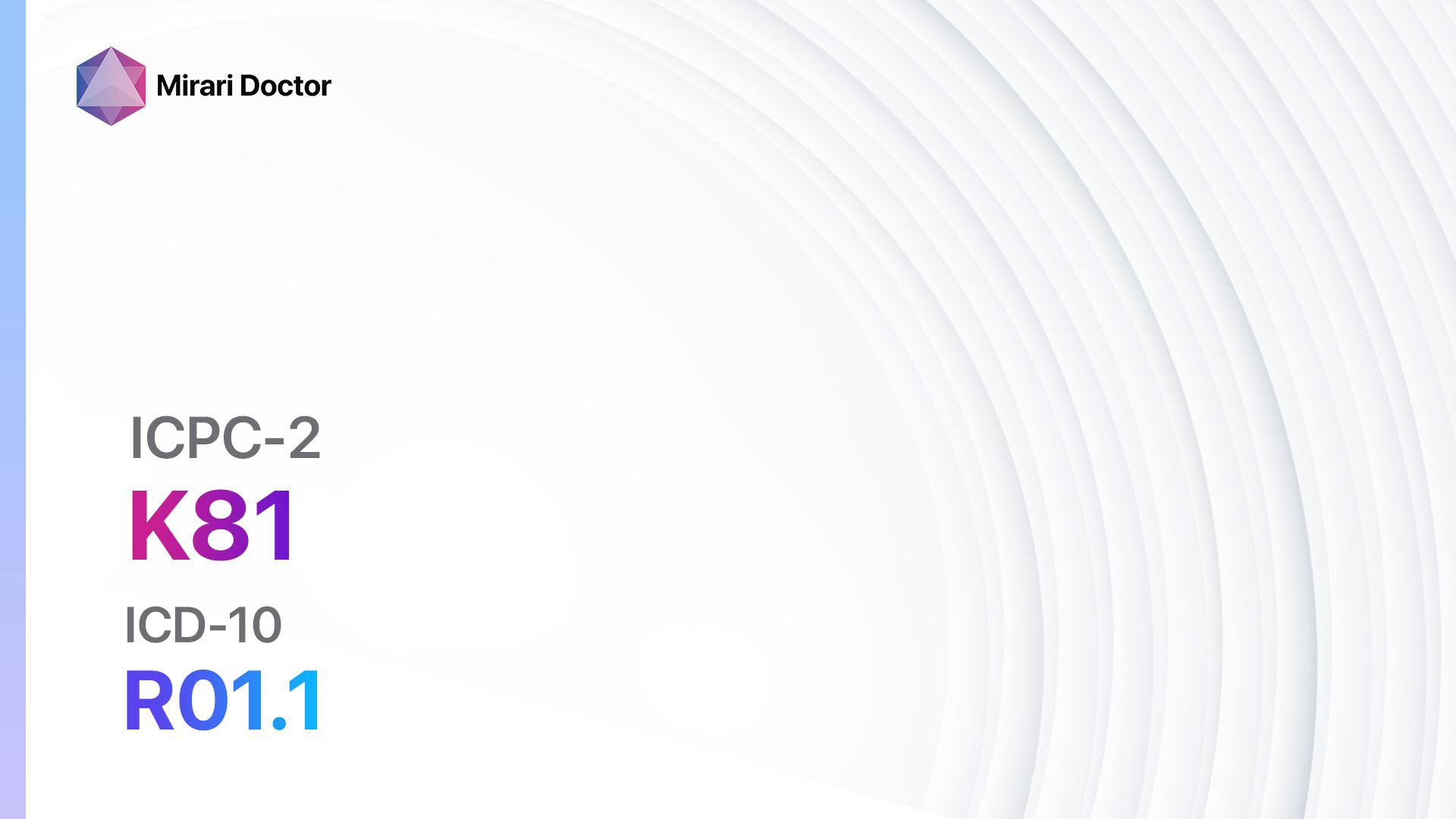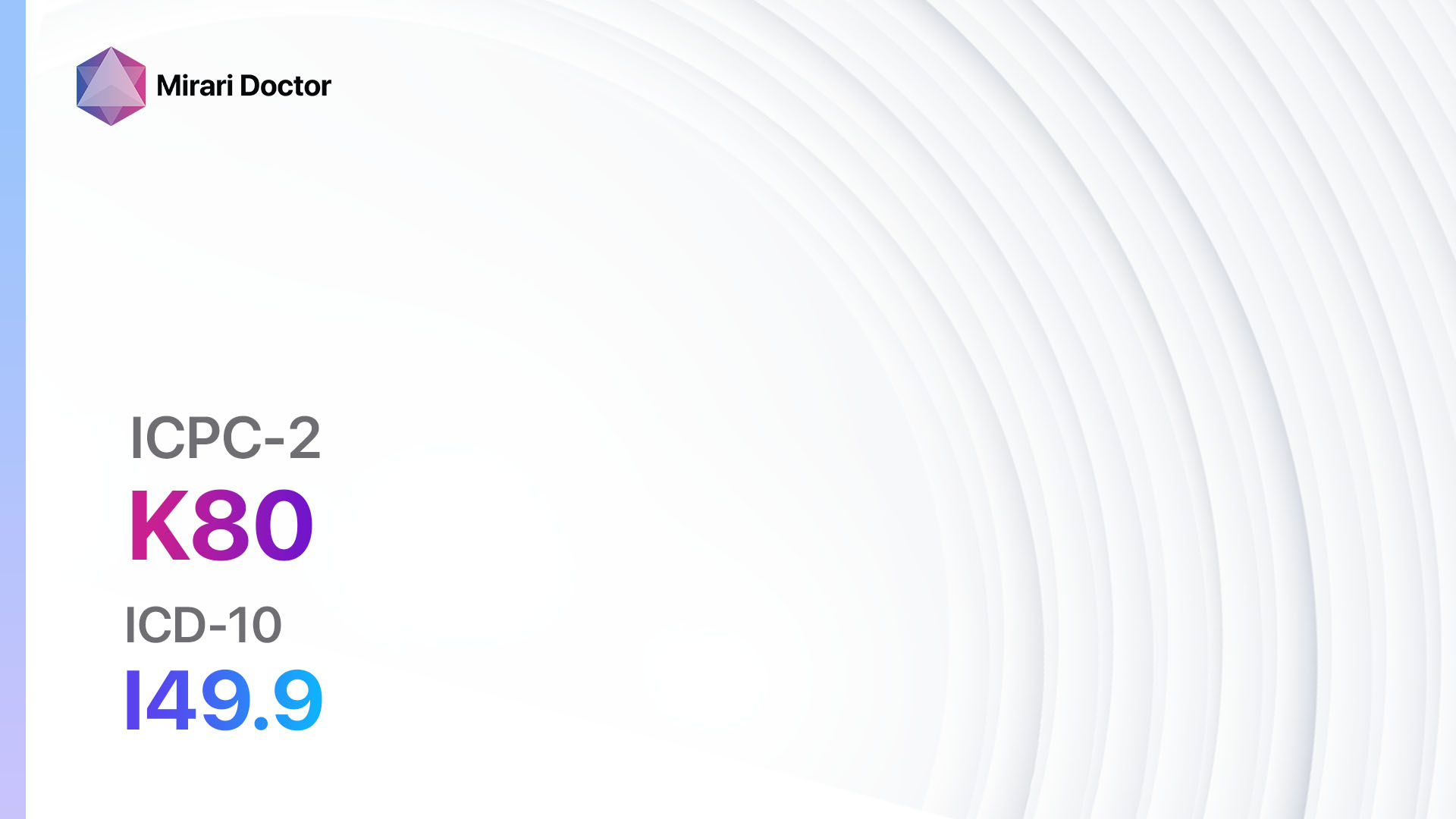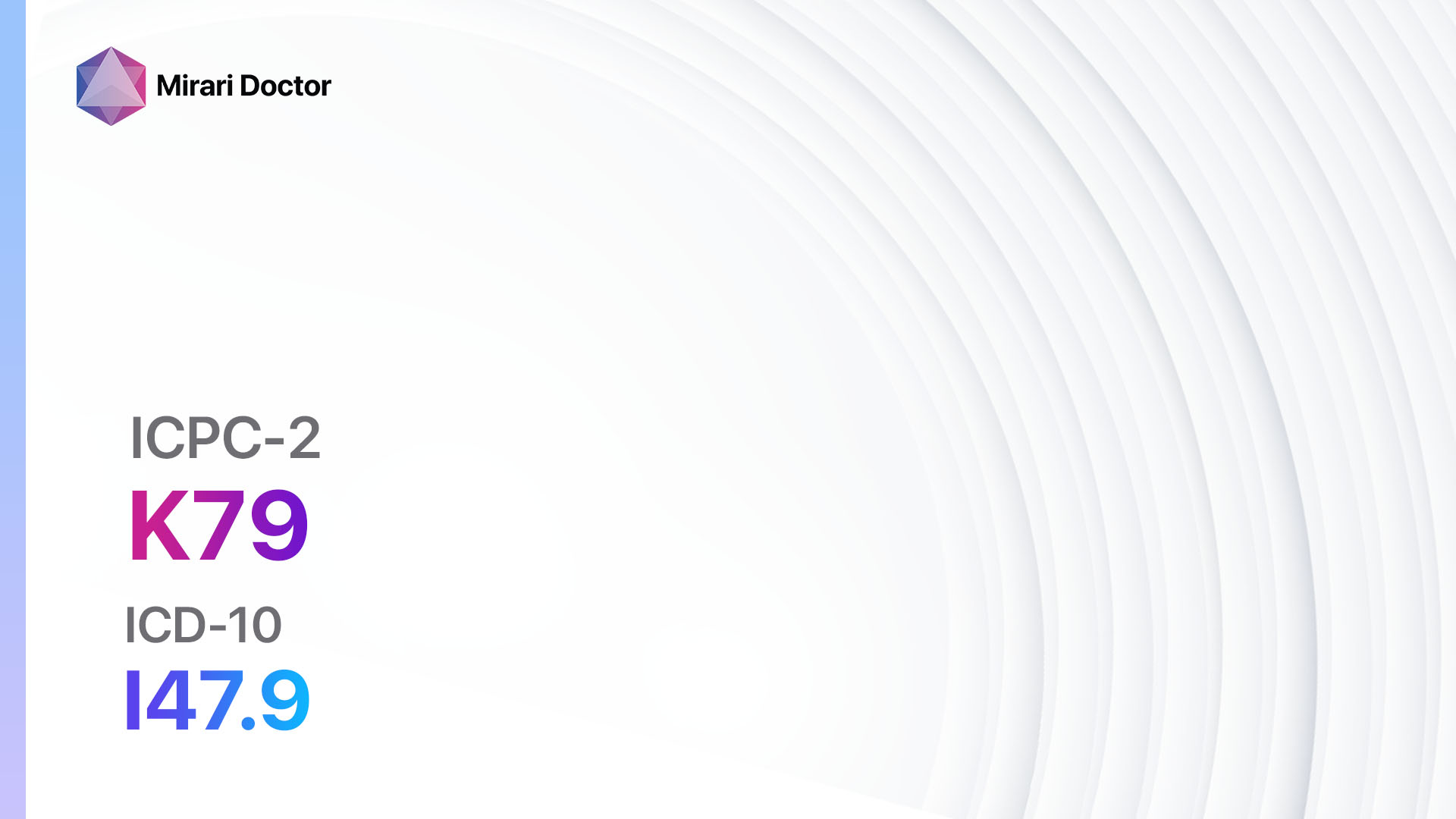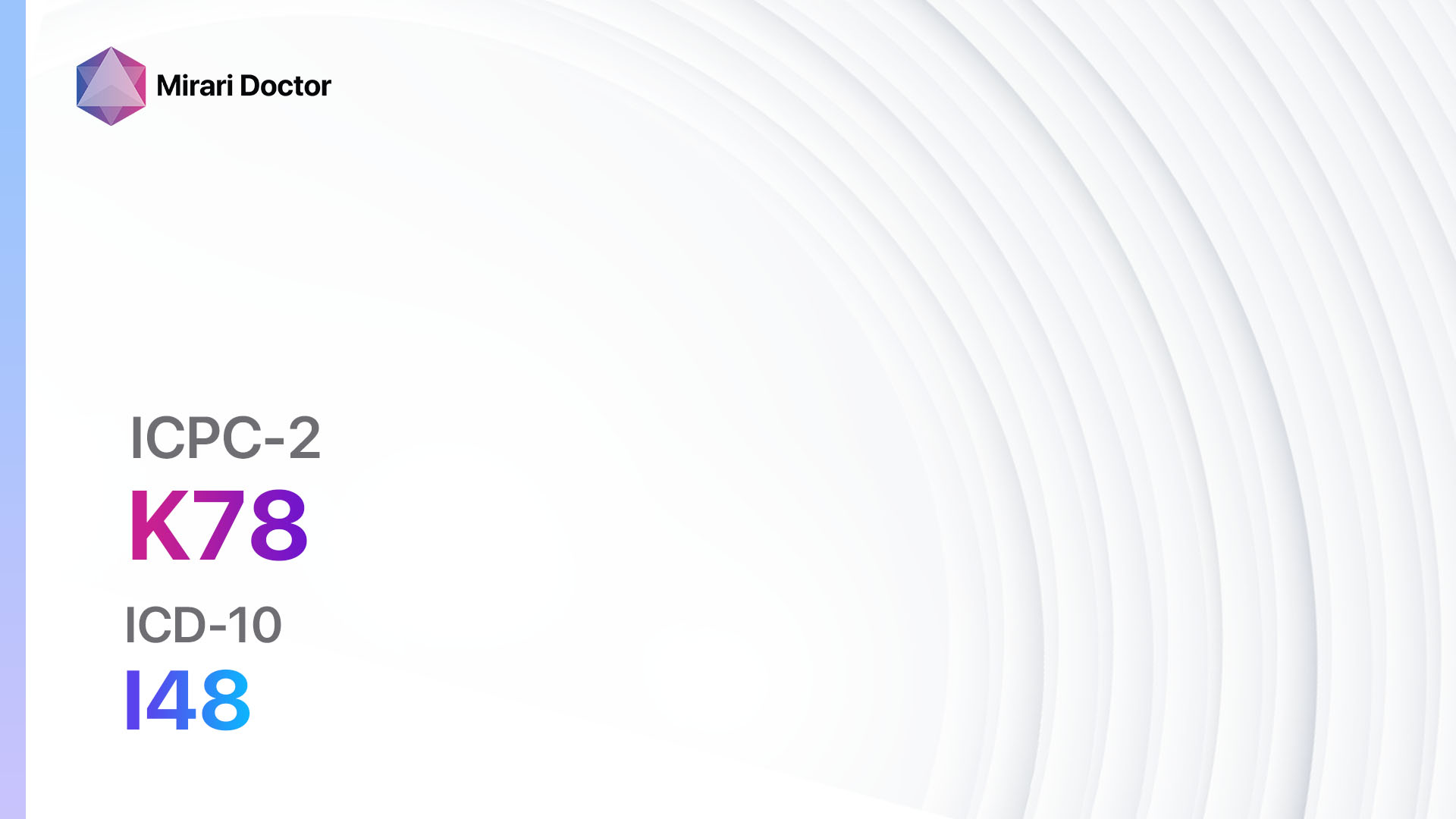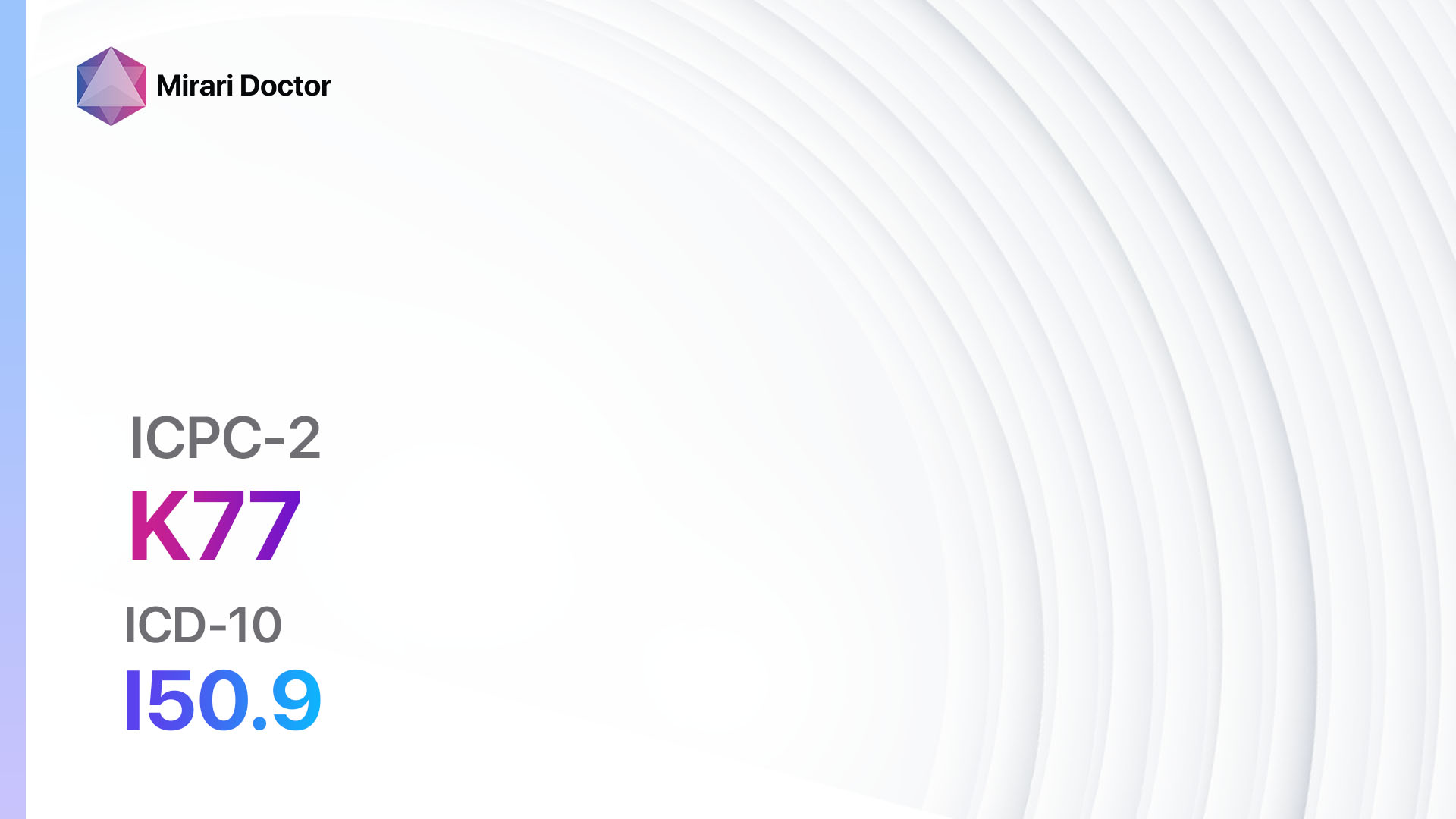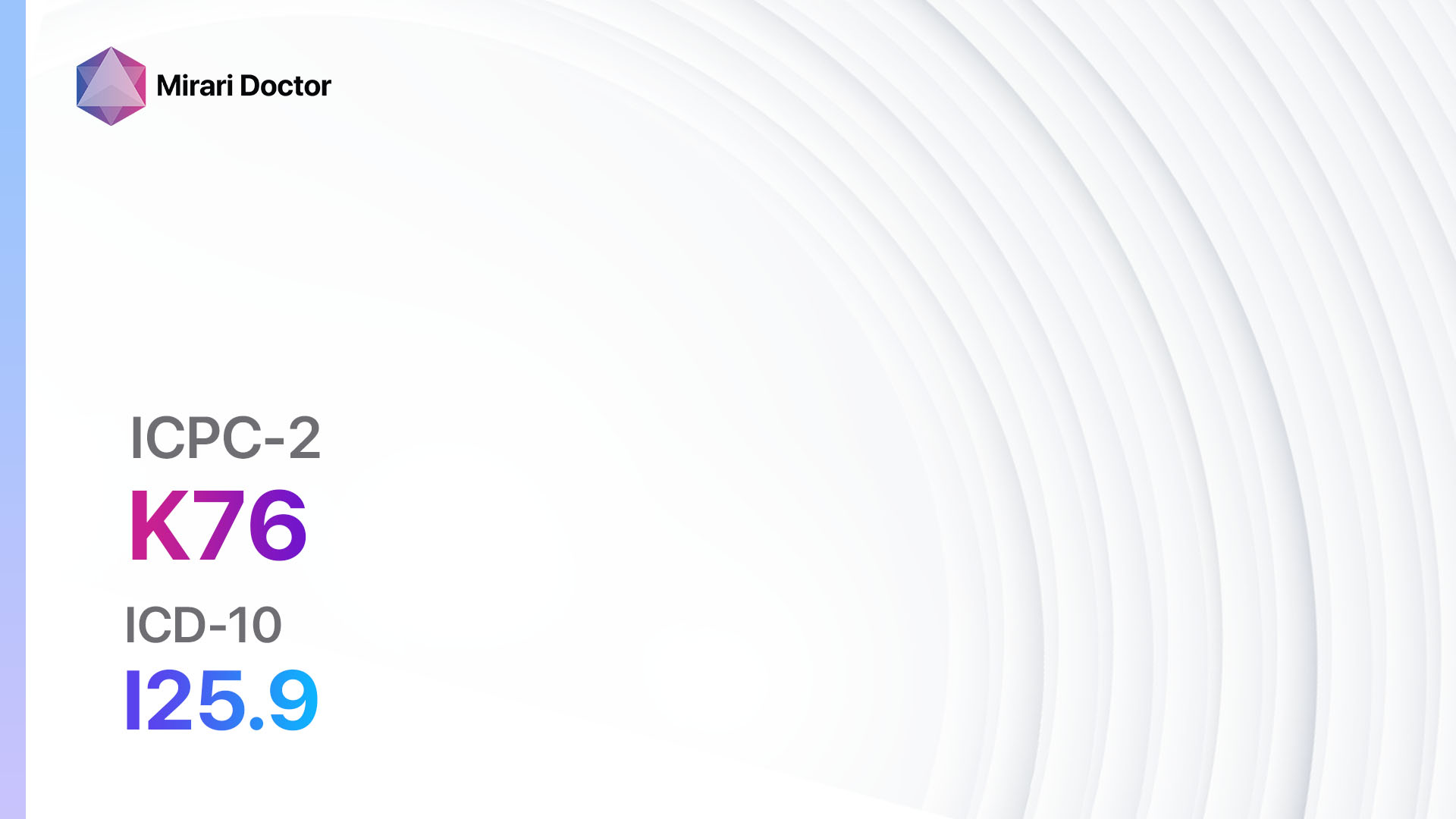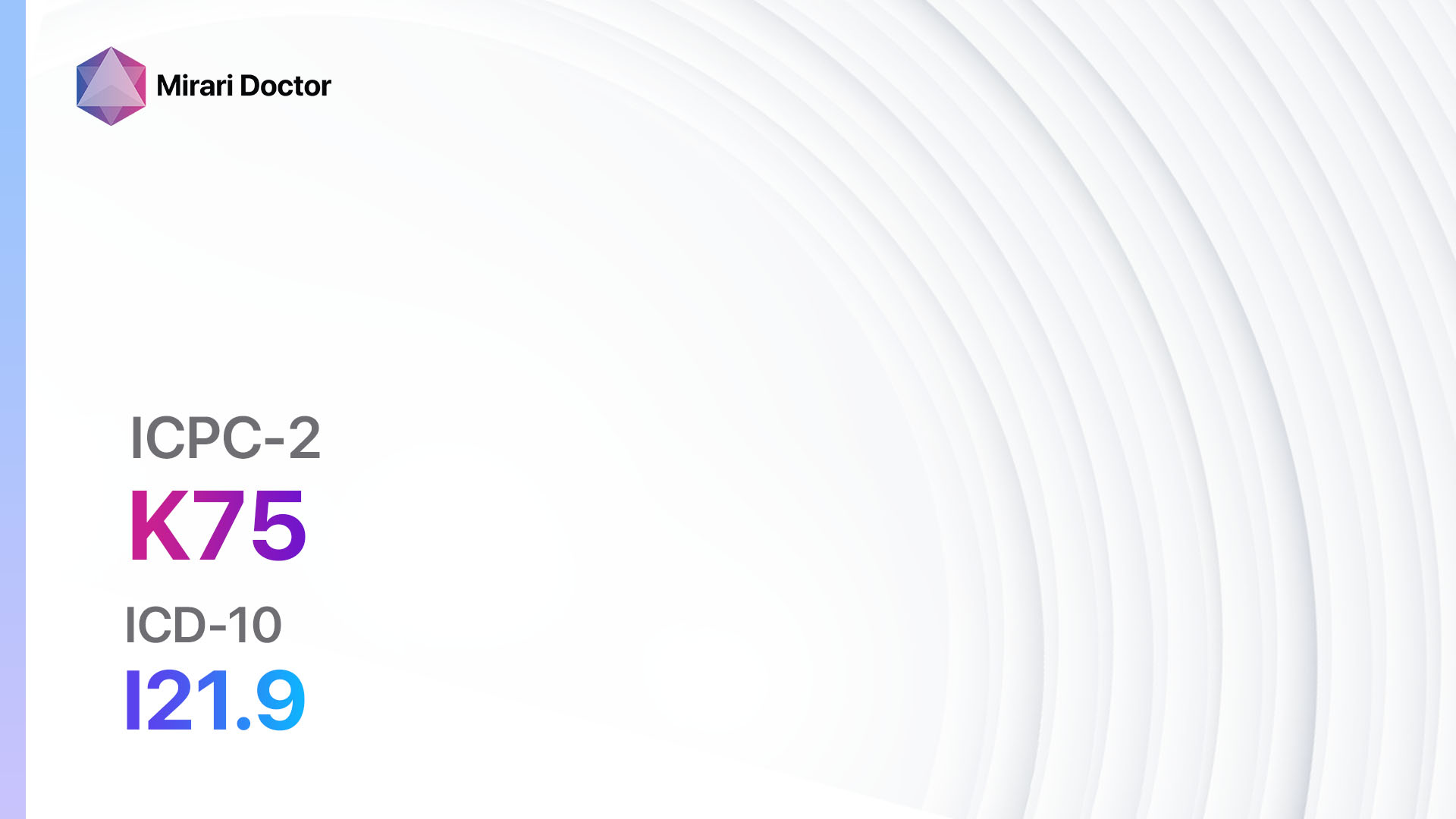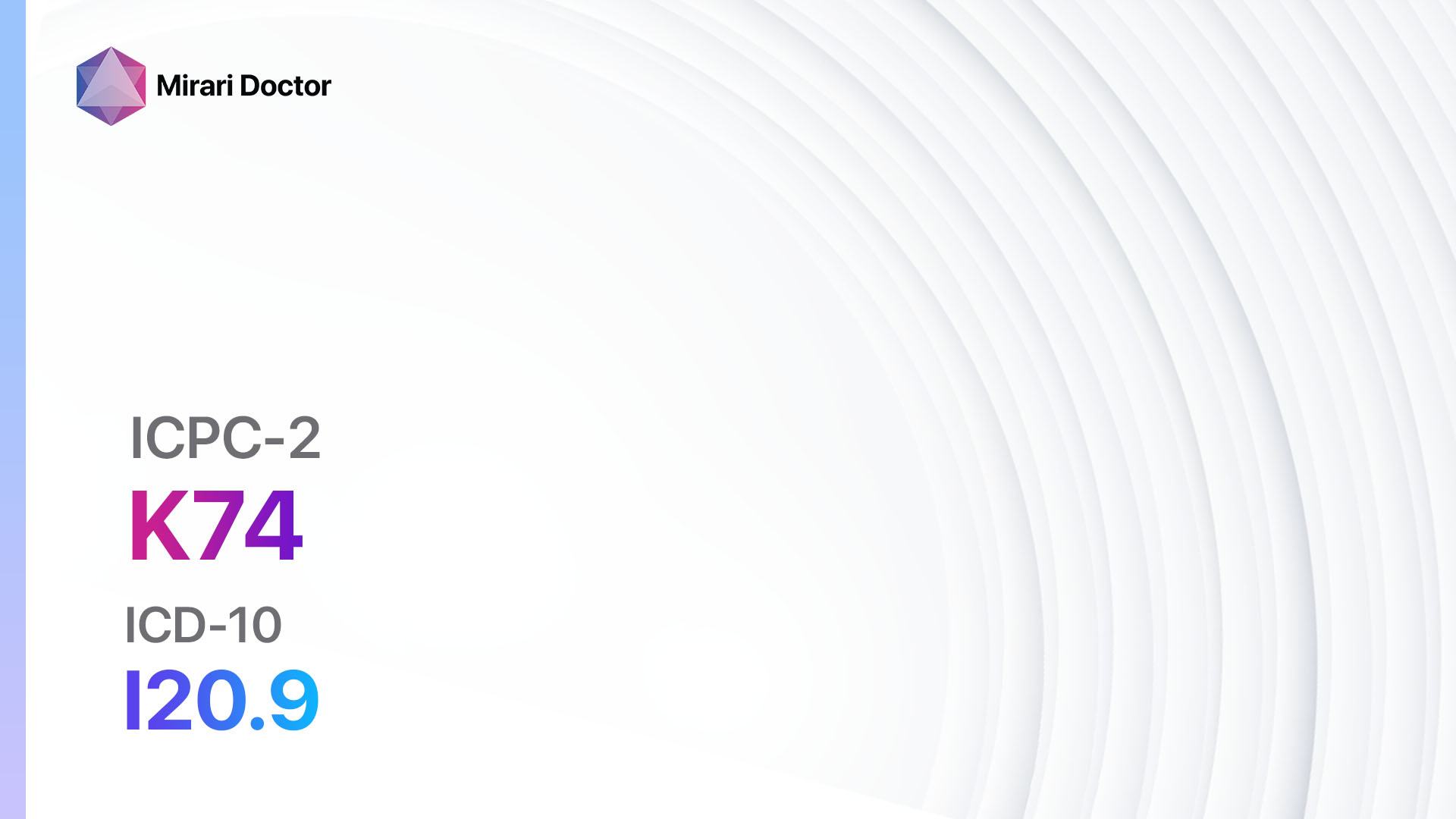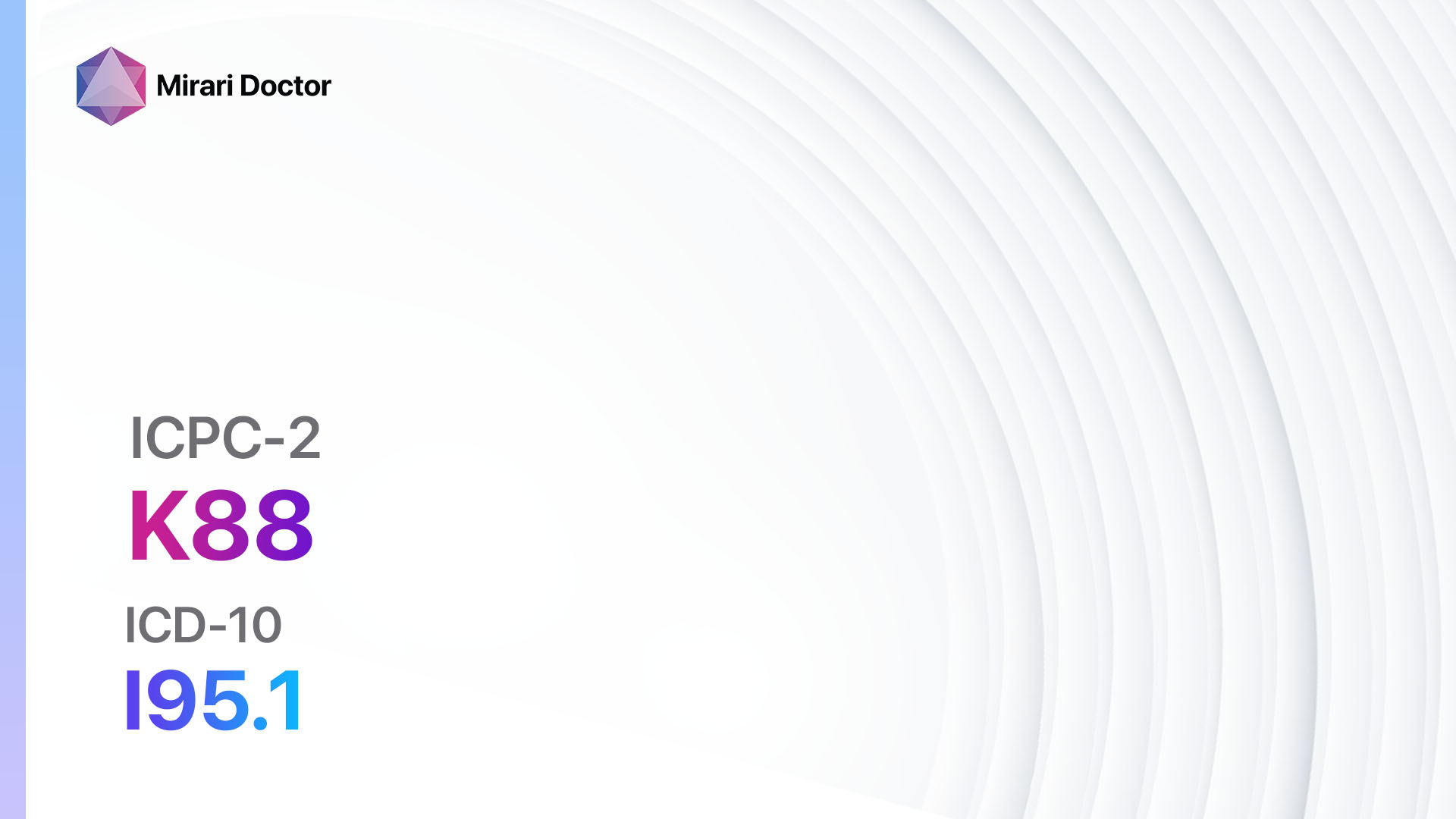
Introduction
Postural hypotension, also known as orthostatic hypotension, is a condition characterized by a sudden drop in blood pressure when a person stands up from a sitting or lying position[1]. This can lead to symptoms such as dizziness, lightheadedness, and even fainting[2]. The aim of this guide is to provide healthcare professionals with a comprehensive overview of postural hypotension, including its symptoms, causes, diagnostic steps, possible interventions, and patient education.
Codes
Symptoms
- Dizziness: Feeling lightheaded or unsteady when standing up[5].
- Lightheadedness: Sensation of feeling faint or about to pass out[6].
- Fainting: Loss of consciousness due to a sudden drop in blood pressure[7].
- Blurred vision: Difficulty focusing or seeing clearly[8].
- Weakness: Feeling weak or fatigued[9].
- Confusion: Difficulty thinking clearly or concentrating[10].
Causes
- Dehydration: Insufficient fluid intake or excessive fluid loss can lead to low blood volume and subsequent postural hypotension.
- Medications: Certain medications, such as diuretics, alpha blockers, and beta blockers, can cause a drop in blood pressure.
- Aging: As people age, their blood vessels may become less flexible, leading to a decreased ability to regulate blood pressure.
- Nervous system disorders: Conditions such as Parkinson’s disease, multiple system atrophy, and diabetic neuropathy can affect the autonomic nervous system, which controls blood pressure regulation.
- Prolonged bed rest: Being confined to bed for an extended period can lead to a decrease in blood volume and muscle tone, resulting in postural hypotension.
Diagnostic Steps
Medical History
- Inquire about symptoms: Ask the patient about their experience of dizziness, lightheadedness, or fainting episodes.
- Assess risk factors: Determine if the patient has any underlying conditions or takes medications that may contribute to postural hypotension.
- Review medical conditions: Evaluate if the patient has any conditions that affect the autonomic nervous system or blood pressure regulation.
Physical Examination
- Measure blood pressure: Check the patient’s blood pressure in both the lying and standing positions to assess for a drop in blood pressure upon standing.
- Assess heart rate: Monitor the patient’s heart rate to identify any abnormalities or irregularities.
- Evaluate for signs of dehydration: Look for dry mucous membranes, decreased skin turgor, or low urine output, which may indicate dehydration.
Laboratory Tests
- Complete blood count (CBC): Assess for anemia, which can contribute to postural hypotension.
- Electrolyte levels: Measure sodium, potassium, and other electrolyte levels to identify any imbalances that may affect blood pressure regulation.
- Blood glucose: Check for diabetes, as uncontrolled blood sugar levels can lead to autonomic neuropathy and subsequent postural hypotension.
- Thyroid function tests: Evaluate thyroid hormone levels, as abnormalities can affect blood pressure regulation.
Diagnostic Imaging
- Echocardiogram: Assess heart function and structure to rule out any underlying cardiac abnormalities.
- Carotid ultrasound: Evaluate blood flow in the carotid arteries to identify any blockages or narrowing that may contribute to postural hypotension.
- Doppler ultrasound: Examine blood flow in the legs to check for peripheral artery disease, which can cause postural hypotension.
Other Tests
- Tilt table test: This test involves strapping the patient to a table that can be tilted to different angles to assess blood pressure changes in response to position changes.
- Autonomic function tests: These tests measure the autonomic nervous system’s response to various stimuli, such as changes in temperature or blood pressure.
Follow-up and Patient Education
- Schedule follow-up appointments to monitor the patient’s response to interventions and adjust treatment as necessary.
- Educate the patient about lifestyle modifications and interventions to manage postural hypotension effectively.
- Provide information on potential complications and when to seek medical attention.
Possible Interventions
Traditional Interventions
Medications:
Top 5 drugs for Postural hypotension:
- Fludrocortisone:
- Cost: $10-$50/month.
- Contraindications: Systemic fungal infections, hypersensitivity to the drug.
- Side effects: Fluid retention, high blood pressure, low potassium levels.
- Severe side effects: Adrenal suppression, electrolyte imbalances.
- Drug interactions: Nonsteroidal anti-inflammatory drugs (NSAIDs), potassium-sparing diuretics.
- Warning: Regular monitoring of blood pressure and electrolyte levels required.
- Midodrine:
- Cost: $50-$100/month.
- Contraindications: Severe organic heart disease, urinary retention.
- Side effects: Scalp tingling, goosebumps, high blood pressure.
- Severe side effects: Supine hypertension, urinary retention.
- Drug interactions: Beta blockers, alpha blockers.
- Warning: Should not be taken within 4 hours of bedtime.
- Pyridostigmine:
- Cost: $20-$50/month.
- Contraindications: Mechanical intestinal or urinary obstruction, hypersensitivity to the drug.
- Side effects: Abdominal cramps, diarrhea, increased saliva production.
- Severe side effects: Bradycardia, bronchospasm.
- Drug interactions: Anticholinergic drugs, beta blockers.
- Warning: Regular monitoring of heart rate and blood pressure required.
- Droxidopa:
- Cost: $500-$1000/month.
- Contraindications: Hypersensitivity to the drug.
- Side effects: Headache, dizziness, high blood pressure.
- Severe side effects: Supine hypertension, urinary retention.
- Drug interactions: Monoamine oxidase inhibitors (MAOIs), tricyclic antidepressants.
- Warning: Regular monitoring of blood pressure required.
- Ephedrine:
- Cost: $10-$50/month.
- Contraindications: Hypersensitivity to the drug, glaucoma.
- Side effects: Nervousness, restlessness, high blood pressure.
- Severe side effects: Tachycardia, arrhythmias.
- Drug interactions: Beta blockers, monoamine oxidase inhibitors (MAOIs).
- Warning: Should not be taken within 4 hours of bedtime.
Alternative Drugs:
- Methylphenidate: Stimulant medication that can increase blood pressure and improve symptoms of postural hypotension.
- Yohimbine: Alpha-2 adrenergic antagonist that can increase blood pressure.
- Octreotide: Synthetic hormone that can increase blood pressure by constricting blood vessels.
- Desmopressin: Synthetic hormone that can increase blood pressure by increasing fluid retention.
- Modafinil: Wakefulness-promoting agent that can improve symptoms of postural hypotension.
Surgical Procedures:
- Pacemaker implantation: In cases where postural hypotension is caused by a slow heart rate, a pacemaker can be implanted to regulate heart rhythm. Cost: $20,000-$50,000.
- Sympathetic ganglionectomy: Surgical removal of sympathetic ganglia to disrupt the sympathetic nervous system’s control over blood pressure. Cost: $10,000-$30,000.
Alternative Interventions
- Acupuncture: May help improve blood flow and reduce symptoms of postural hypotension. Cost: $60-$120 per session.
- Chelation therapy: Controversial treatment involving the administration of chelating agents to remove heavy metals from the body. Cost: $75-$150 per session.
- Hyperbaric oxygen therapy: Involves breathing pure oxygen in a pressurized chamber to increase oxygen delivery to tissues. Cost: $200-$300 per session.
- Herbal supplements: Some herbs, such as ginseng and ginger, may have potential benefits for improving blood pressure regulation. Cost: Varies depending on the specific supplement.
- Physical therapy: Exercises and techniques to improve muscle strength and coordination, which can help prevent postural hypotension. Cost: $50-$150 per session.
Lifestyle Interventions
- Increase fluid intake: Encourage the patient to drink plenty of fluids to maintain adequate blood volume.
- Avoid sudden position changes: Advise the patient to change positions slowly to allow their body to adjust to the change in blood pressure.
- Wear compression stockings: Compression stockings can help improve blood flow and prevent blood pooling in the legs.
- Elevate the head of the bed: Raising the head of the bed by 10-20 degrees can help prevent postural hypotension during sleep.
- Avoid alcohol and caffeine: These substances can contribute to dehydration and exacerbate symptoms of postural hypotension.
It is important to note that the cost ranges provided are approximate and may vary depending on the location and availability of the interventions.
Mirari Cold Plasma Alternative Intervention
Understanding Mirari Cold Plasma
- Safe and Non-Invasive Treatment: Mirari Cold Plasma is a safe and non-invasive treatment option for various skin conditions. It does not require incisions, minimizing the risk of scarring, bleeding, or tissue damage.
- Efficient Extraction of Foreign Bodies: Mirari Cold Plasma facilitates the removal of foreign bodies from the skin by degrading and dissociating organic matter, allowing easier access and extraction.
- Pain Reduction and Comfort: Mirari Cold Plasma has a local analgesic effect, providing pain relief during the treatment, making it more comfortable for the patient.
- Reduced Risk of Infection: Mirari Cold Plasma has antimicrobial properties, effectively killing bacteria and reducing the risk of infection.
- Accelerated Healing and Minimal Scarring: Mirari Cold Plasma stimulates wound healing and tissue regeneration, reducing healing time and minimizing the formation of scars.
Mirari Cold Plasma Prescription
Video instructions for using Mirari Cold Plasma Device – K88 Postural hypotension (ICD-10:I95.1)
| Mild | Moderate | Severe |
| Mode setting: 1 (Infection) Location: 5 (Lungs) Morning: 15 minutes, Evening: 15 minutes |
Mode setting: 1 (Infection) Location: 5 (Lungs) Morning: 30 minutes, Lunch: 30 minutes, Evening: 30 minutes |
Mode setting: 1 (Infection) Location: 5 (Lungs) Morning: 30 minutes, Lunch: 30 minutes, Evening: 30 minutes |
| Mode setting: 2 (Wound Healing) Location: 5 (Lungs) Morning: 15 minutes, Evening: 15 minutes |
Mode setting: 2 (Wound Healing) Location: 5 (Lungs) Morning: 30 minutes, Lunch: 30 minutes, Evening: 30 minutes |
Mode setting: 2 (Wound Healing) Location: 5 (Lungs) Morning: 30 minutes, Lunch: 30 minutes, Evening: 30 minutes |
| Mode setting: 7 (Immunotherapy) Location: 1 (Sacrum) Morning: 15 minutes, Evening: 15 minutes |
Mode setting: 7 (Immunotherapy) Location: 1 (Sacrum) Morning: 30 minutes, Lunch: 30 minutes, Evening: 30 minutes |
Mode setting: 7 (Immunotherapy) Location: 1 (Sacrum) Morning: 30 minutes, Lunch: 30 minutes, Evening: 30 minutes |
| Mode setting: 7 (Immunotherapy) Location: 4 (Heart, Bile & Pancreas) Morning: 15 minutes, Evening: 15 minutes |
Mode setting: 7 (Immunotherapy) Location: 4 (Heart, Bile & Pancreas) Morning: 30 minutes, Lunch: 30 minutes, Evening: 30 minutes |
Mode setting:7 (Immunotherapy) Location: 4 (Heart, Bile & Pancreas) Morning: 30 minutes, Lunch: 30 minutes, Evening: 30 minutes |
| Total Morning: 60 minutes approx. $10 USD, Evening: 60 minutes approx. $10 USD |
Total Morning: 120 minutes approx. $20 USD, Lunch: 120 minutes approx. $20 USD, Evening: 120 minutes approx. $20 USD, |
Total Morning: 120 minutes approx. $20 USD, Lunch: 120 minutes approx. $20 USD, Evening: 120 minutes approx. $20 USD, |
| Usual treatment for 7-60 days approx. $140 USD – $1200 USD | Usual treatment for 6-8 weeks approx. $2,520 USD – $3,360 USD |
Usual treatment for 3-6 months approx. $5,400 USD – $10,800 USD
|
 |
|
Use the Mirari Cold Plasma device to treat Postural hypotension effectively.
WARNING: MIRARI COLD PLASMA IS DESIGNED FOR THE HUMAN BODY WITHOUT ANY ARTIFICIAL OR THIRD PARTY PRODUCTS. USE OF OTHER PRODUCTS IN COMBINATION WITH MIRARI COLD PLASMA MAY CAUSE UNPREDICTABLE EFFECTS, HARM OR INJURY. PLEASE CONSULT A MEDICAL PROFESSIONAL BEFORE COMBINING ANY OTHER PRODUCTS WITH USE OF MIRARI.
Step 1: Cleanse the Skin
- Start by cleaning the affected area of the skin with a gentle cleanser or mild soap and water. Gently pat the area dry with a clean towel.
Step 2: Prepare the Mirari Cold Plasma device
- Ensure that the Mirari Cold Plasma device is fully charged or has fresh batteries as per the manufacturer’s instructions. Make sure the device is clean and in good working condition.
- Switch on the Mirari device using the power button or by following the specific instructions provided with the device.
- Some Mirari devices may have adjustable settings for intensity or treatment duration. Follow the manufacturer’s instructions to select the appropriate settings based on your needs and the recommended guidelines.
Step 3: Apply the Device
- Place the Mirari device in direct contact with the affected area of the skin. Gently glide or hold the device over the skin surface, ensuring even coverage of the area experiencing.
- Slowly move the Mirari device in a circular motion or follow a specific pattern as indicated in the user manual. This helps ensure thorough treatment coverage.
Step 4: Monitor and Assess:
- Keep track of your progress and evaluate the effectiveness of the Mirari device in managing your Postural hypotension. If you have any concerns or notice any adverse reactions, consult with your health care professional.
Note
This guide is for informational purposes only and should not replace the advice of a medical professional. Always consult with your healthcare provider or a qualified medical professional for personal advice, diagnosis, or treatment. Do not solely rely on the information presented here for decisions about your health. Use of this information is at your own risk. The authors of this guide, nor any associated entities or platforms, are not responsible for any potential adverse effects or outcomes based on the content.
Mirari Cold Plasma System Disclaimer
- Purpose: The Mirari Cold Plasma System is a Class 2 medical device designed for use by trained healthcare professionals. It is registered for use in Thailand and Vietnam. It is not intended for use outside of these locations.
- Informational Use: The content and information provided with the device are for educational and informational purposes only. They are not a substitute for professional medical advice or care.
- Variable Outcomes: While the device is approved for specific uses, individual outcomes can differ. We do not assert or guarantee specific medical outcomes.
- Consultation: Prior to utilizing the device or making decisions based on its content, it is essential to consult with a Certified Mirari Tele-Therapist and your medical healthcare provider regarding specific protocols.
- Liability: By using this device, users are acknowledging and accepting all potential risks. Neither the manufacturer nor the distributor will be held accountable for any adverse reactions, injuries, or damages stemming from its use.
- Geographical Availability: This device has received approval for designated purposes by the Thai and Vietnam FDA. As of now, outside of Thailand and Vietnam, the Mirari Cold Plasma System is not available for purchase or use.
References
- Freeman, R., Wieling, W., Axelrod, F. B., Benditt, D. G., Benarroch, E., Biaggioni, I., … & van Dijk, J. G. (2011). Consensus statement on the definition of orthostatic hypotension, neurally mediated syncope and the postural tachycardia syndrome. Clinical Autonomic Research, 21(2), 69-72.
- Shibao, C., Lipsitz, L. A., & Biaggioni, I. (2013). Evaluation and treatment of orthostatic hypotension. Journal of the American Society of Hypertension, 7(4), 317-324.
- World Organization of Family Doctors. (2016). ICPC-2: International Classification of Primary Care. Oxford University Press.
- World Health Organization. (2019). International statistical classification of diseases and related health problems (11th ed.).
- Gupta, V., & Lipsitz, L. A. (2007). Orthostatic hypotension in the elderly: diagnosis and treatment. The American journal of medicine, 120(10), 841-847.
- Moya, A., Sutton, R., Ammirati, F., Blanc, J. J., Brignole, M., Dahm, J. B., … & Zamorano, J. L. (2009). Guidelines for the diagnosis and management of syncope (version 2009). European heart journal, 30(21), 2631-2671.
- Ricci, F., De Caterina, R., & Fedorowski, A. (2015). Orthostatic hypotension: epidemiology, prognosis, and treatment. Journal of the American College of Cardiology, 66(7), 848-860.
- Mathias, C. J., & Kimber, J. R. (1998). Postural hypotension: causes, clinical features, investigation, and management. Annual review of medicine, 49(1), 199-215.
- Low, P. A. (2008). Prevalence of orthostatic hypotension. Clinical Autonomic Research, 18(1), 8-13.
- Perlmuter, L. C., Sarda, G., Casavant, V., & Mosnaim, A. D. (2013). A review of the etiology, associated comorbidities, and treatment of orthostatic hypotension. American journal of therapeutics, 20(3), 279-291.
Related articles
Made in USA


